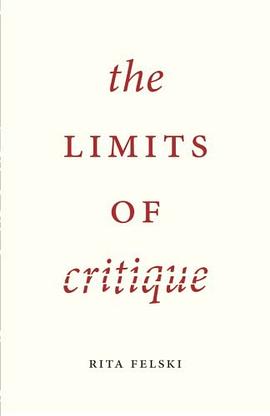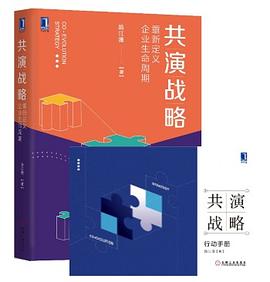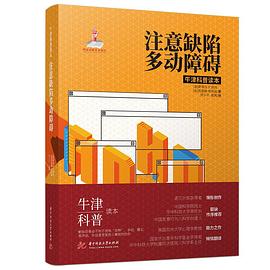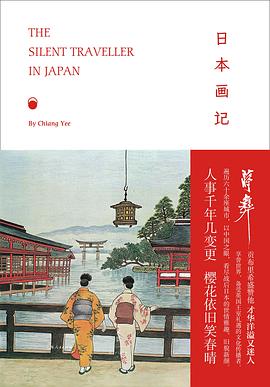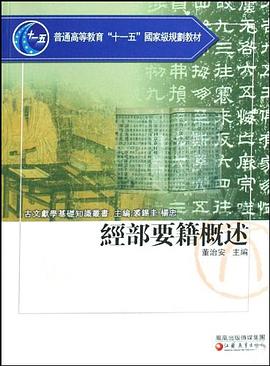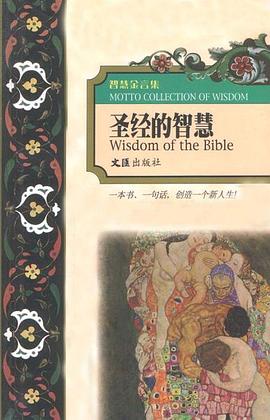The Limits of Critique
内容简介
Why must critics unmask and demystify literary works? Why do they believe that language is always withholding some truth, that the critic’s task is to reveal the unsaid or repressed? In this book, Rita Felski examines critique, the dominant form of interpretation in literary studies, and situates it as but one method among many, a method with strong allure—but also definite limits.
Felski argues that critique is a sensibility best captured by Paul Ricoeur’s phrase “the hermeneutics of suspicion.” She shows how this suspicion toward texts forecloses many potential readings while providing no guarantee of rigorous or radical thought. Instead, she suggests, literary scholars should try what she calls “postcritical reading”: rather than looking behind a text for hidden causes and motives, literary scholars should place themselves in front of it and reflect on what it suggests and makes possible.
By bringing critique down to earth and exploring new modes of interpretation, The Limits of Critique offers a fresh approach to the relationship between artistic works and the social world.
......(更多)
作者简介
Rita Felski is the William R. Kenan Jr. Professor of English at the University of Virginia and the editor of New Literary History. She is the author of several books, including, most recently, Uses of Literature.
......(更多)
目录
Acknowledgments
Introduction
1 The Stakes of Suspicion
2 Digging Down and Standing Back
3 An Inspector Calls
4 Crrritique
5 “Context Stinks!”
In Short
Notes
Index
......(更多)
读书文摘
文本不会主动展现自身的意义,而且表面的内容掩盖了更为难解或凶险的真相。批评家抓住优势,逆向阅读,寻找言外之意。
......(更多)
